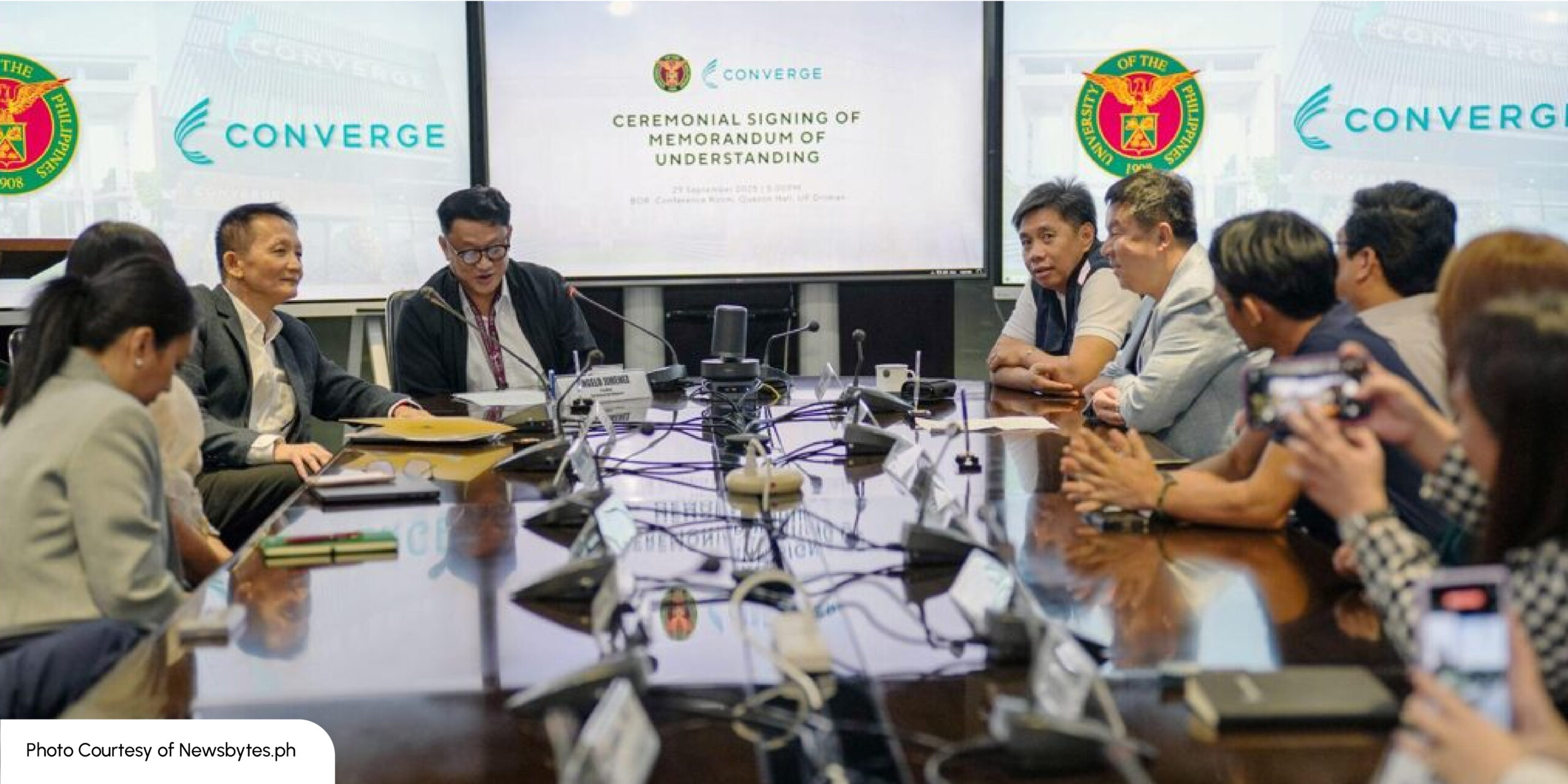Key takeaways:
- Many great candidates are rejected not because they lack skill, but because hiring teams misread common red flags during interviews.
- Red flags like poor self-awareness, lack of preparation, or job hopping often reflect unclear job expectations or inconsistent hiring practices.
- The Three Cs framework of Clarity, Courtesy, and Coherence helps teams create fair, structured, and meaningful interviews.
- Training interviewers to ask better questions and using skills-based assessments reveal potential that traditional interviews can miss.
- Filta’s expert recruiters help companies spot both red and green flags early, ensuring the right cultural and role fit while keeping clients involved and in control throughout the process.
Bottom line:
Most red flags are not dealbreakers. They are signals that need context. When employers learn to read them the right way, they hire smarter and build stronger teams.
Every hiring manager has had this moment where you’re interviewing someone who looks perfect on paper, says all the right things, and yet halfway through, something just feels off.
Maybe they talk too much. Or too little. Maybe they seem defensive, distracted, or over-rehearsed. Whatever it is, the connection fades, and the decision becomes an easy no.
But here’s the thing: sometimes, the problem isn’t the candidate – It’s how both sides show up to the interview. According to Harvard Business Review, many great candidates never make it past the interview stage because of six common “red flags.” And just as often, hiring teams misread those flags or cause them without realizing it.
The Six Red Flags Hiring Managers Should Watch (and Understand)
- Poor self-awareness
When a candidate struggles to describe their strengths or blind spots, it’s not always a sign of incompetence. Sometimes they’ve just never had a manager who helped them reflect. - Lack of preparation
Not knowing your company or the role feels like a dealbreaker. But unclear job ads and inconsistent communication can leave candidates just as lost as you are. - Poor manners or professionalism
Being late, cutting people off, or treating junior staff badly will always be a red flag. But it’s also a reminder for companies to set expectations early and protect their culture. - Excessive self-interest
Candidates who seem too focused on salary or perks may not be selfish. They may just be reacting to unclear job scopes or opaque pay ranges. - Difficult past relationships
If someone speaks negatively about a former employer, dig deeper before judging. It might reveal lessons learned, not lingering resentment. - Unexplained job hopping
Moving around too often can look risky. But in fast-moving fields like tech or creative industries, it can also signal curiosity, learning, and adaptability.
Not every red flag is a warning. Some are just misunderstood signals. The trick is learning to tell the difference.
The Three Cs That Fix Almost Everything
Harvard Business Review calls them the Three Cs: Clarity, Courtesy, and Coherence. Simple ideas, but powerful if you actually use them.
- Clarity means being upfront about the role, the goals, and what success really looks like. Use skills-based interviews, not vague “tell me about yourself” chats.
- Courtesy is treating every candidate like a future colleague. Be on time, be respectful, and follow up. The way you treat candidates says a lot about your leadership.
- Coherence is connecting the dots between a person’s story and your company’s needs. Don’t just look for perfect resumes. Look for potential that makes sense.
When you apply the Three Cs, you don’t just improve hiring. You improve your reputation as an employer people want to work for.
What Smart Employers Are Doing
For companies hiring in the Philippines and Colombia, structure and empathy are what separate average hiring from exceptional hiring.
Here’s what the best employers are doing differently:
1. Train interviewers to dig deeper, not wider.
Avoid generic questions like “Tell me about yourself.” Instead, ask follow-ups that reveal real insight:
- “Can you walk me through how you handled a project setback?”
- “What kind of manager helps you do your best work?”
These kinds of questions uncover self-awareness, adaptability, and culture fit more effectively than rehearsed answers.
2. Be transparent about what success looks like.
Go beyond listing job duties. Paint a picture of what great performance in the first 90 days looks like. Share who they will collaborate with and how results are measured. This helps candidates see themselves in the role and filters out mismatches early.
3. Give candidates a real task.
If you are hiring a designer, ask them to improve one of your landing pages. If you are hiring an account manager, give them a mock client scenario. This shows how they think, not just what they claim to know. It is also a fairer way to evaluate skill than relying on charm or confidence in an interview.
4. Keep communication human and consistent.
Send timely updates. Be on time for interviews. If someone did not make it, provide a short but respectful explanation. Candidates remember how you make them feel. Even a simple thank-you note can turn a rejection into a lasting positive impression.
5. Build empathy into the process.
Many Filipino and Colombian professionals interview across time zones, often while managing family or freelance work. Be mindful of schedules and offer flexibility when possible. It shows respect and helps build trust before day one.
When both sides show up clearly, respectfully, and with curiosity, hiring becomes less about filtering people out and more about finding the right ones to bring in.
How Filta Helps
At Filta, we help you spot what others often miss. Our team of expert recruiters is trained to identify both the red flags and green flags early in the process, helping you make informed decisions from the start. We take time to understand you – your goals, your team dynamics, and your culture – so we can find not just the most qualified candidate on paper, but the one who will actually thrive with you long term.
We believe great hiring is collaborative. That’s why we’re open to involving you in every step, from candidate shortlisting to interviews, so you can get an immediate sense of who might be the right fit. You stay informed, involved, and in control, while we handle the heavy lifting.
This approach helps us achieve what every employer wants but few manage to do consistently: hiring people who don’t just fill roles, but fit naturally into the culture and grow with the business.
To learn more on how we can help, you can head to: filtaglobal.com
Final Thought
Most hiring “red flags” aren’t dealbreakers. They’re opportunities to ask better questions, build stronger connections, and hire with more intention. The companies that learn to read between the lines will always hire better people.
For more hiring insights and resources on building your global team, visit filtaglobal.com.





